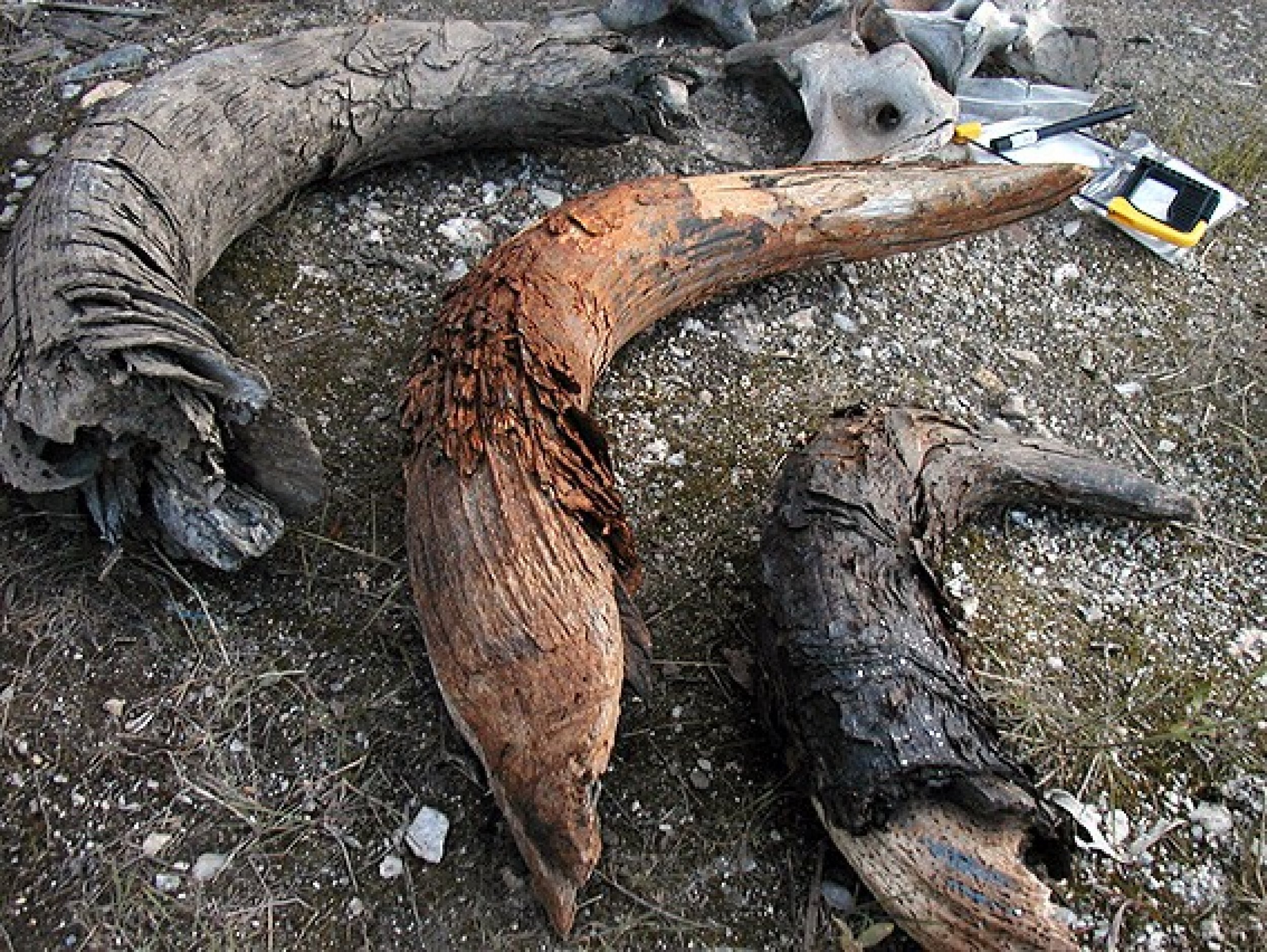Primeval Bison Bones Unravel Mystery of Climate Change Adaptation
A recent discovery of 30,000 years old bison bones at a Canadian goldmine have unraveled the mystery of climate change adaptation and are helping scientists understand how animals adapt to rapid environmental changes.
The study done by researchers from the University of Adelaide has published in the journal PLoS ONE and has provided vital clues in the understanding of the process.
The researchers studied the bones for epigenetic changes which reportedly occur rapidly between generations - without requiring the time for standard evolutionary processes. It is these epigenetic changes that could explain how various species respond to rapid climate change.
Epigenetics is challenging some of our standard views of evolutionary adaptation, and the way we think about how animals use and inherit their DNA. In theory, such systems would be invaluable for a wide range of rapid evolutionary adaptation but it has not been possible to measure how or whether they are used in nature, or over evolutionary timescales, said project leader Professor Alan Cooper, Director of ACAD.
The team of researchers compared the genetic material of the ancient bison with that from modern cattle and a 30-year-old mummified cow from New Zealand.
According to the New Scientist, the research team tested the bison's DNA for signs of an epigenetic change known as DNA methylation. They found that not only did this change occur in the ancient bison, but most of the methylations they found were in exactly the same spots as methylations in the same genes of modern cattle.
The team concluded that these epigenetic changes occurred among steppe bison when other Arctic and sub-Arctic animals, like woolly mammoths, were dying out during the Pleistocene era.
Their results show that these changes can occur rapidly between generations, rather than over a traditional evolutionary time scale.
Also read: 'The Great Dying' Occurred in Phases, Killed 90 Percent of Earth's Species


© Copyright IBTimes 2024. All rights reserved.











